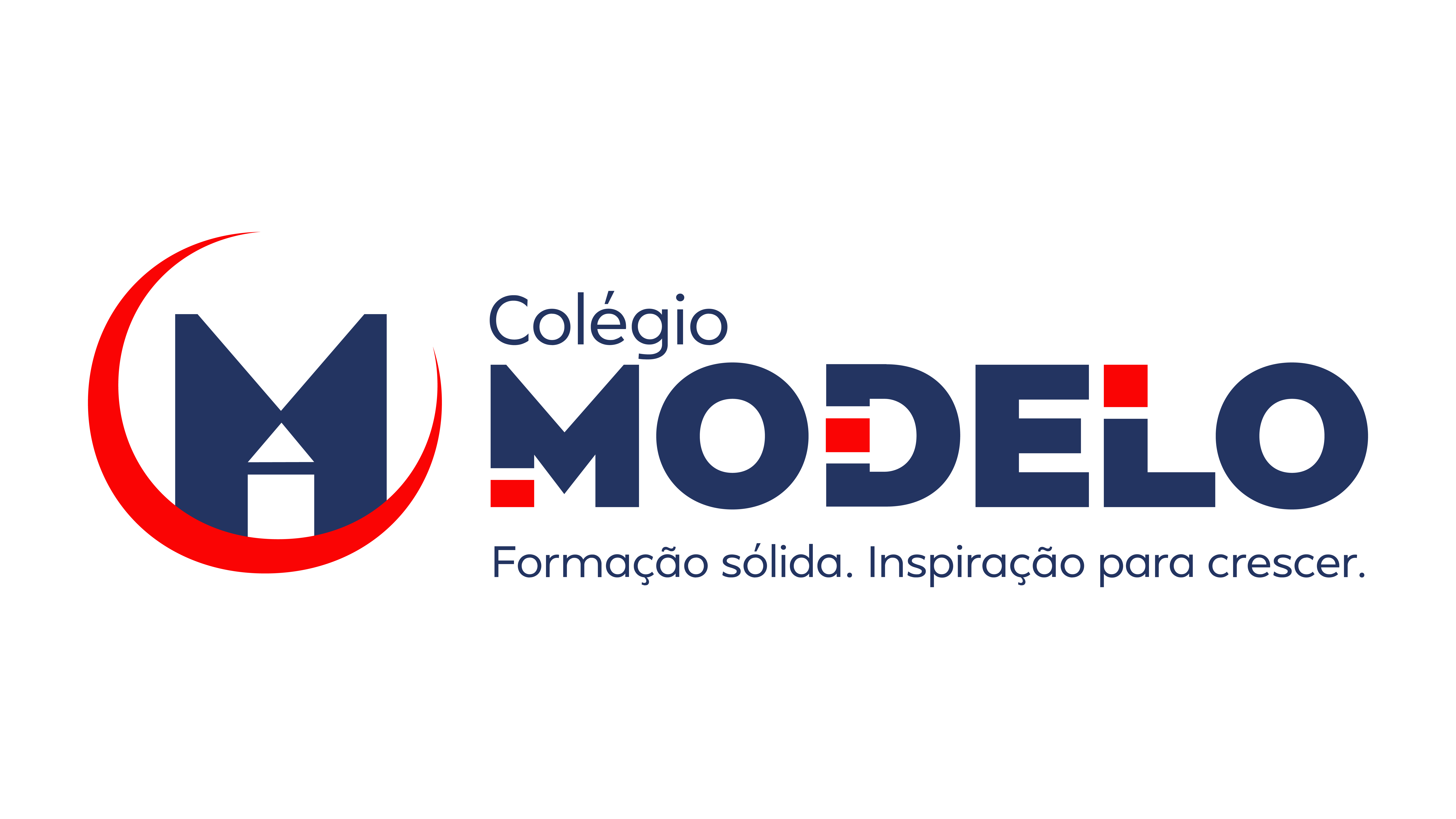
For the RA271, Honda built their own engine and chassis, something only Ferrari and BRM – of the other teams still running in 1962 – had previously done. As an engine manufacturer, Honda has won six World Constructors’ Championships, six World Drivers’ Championships and over 80 Grands Prix, ranking fifth in Formula One history. In addition to their success as an engine manufacturer, their three Grand Prix wins as a team owner make them the only Japanese or Asian first in first out formula team to win in Formula One. Ultimately, when agents receive fewer help requests, they can respond to the cases that reach their inbox faster and improve a company’s overall first response time. A comprehensive knowledge base enables your team to quickly find any information they need to resolve customer issues efficiently. This information not only enhances the quality of responses, it can also be used to train AI chatbots to deal with customer inquiries.
LIFO and FIFO: Financial Reporting

You can simplify these processes with inventory and order fulfillment software to automate tasks like inventory tracking, label creation, and product categorization. Financial reporting standard is another difference between these inventory valuation methods. First-in-first-out (and other valuation methods) measure COGS in the income statement and ending inventory value (EI) on the balance sheet.
What Is Inventory?
- A business that uses perishable goods, like a restaurant or another food business, will use FIFO to manage inventory to minimize spoilage.
- By reflecting lower inventory costs in COGS, FIFO can result in higher profits, improved financial statements, and potentially reduced tax liabilities.
- Of the 140 remaining items in inventory, the value of 40 items is $10/unit, and the value of 100 items is $15/unit because the inventory is assigned the most recent cost under the FIFO method.
- Not only is net income often higher under FIFO, but inventory is often larger as well.
- In jurisdictions that allow it, the alternate method of LIFO allows companies to list their most recent costs first.
- For support teams, first response time (FRT), also called first reply time, for each customer inquiry is usually that make-or-break moment.
As a result, LIFO doesn’t provide an accurate or up-to-date value of inventory because the valuation is much lower than inventory items at today’s prices. Also, LIFO is not realistic for many companies because they would not leave their older inventory sitting idle in stock while using the most recently acquired inventory. The FIFO (First In, First Out) method is an important inventory accounting technique for achieving accurate financial reporting. By matching the oldest costs of goods sold against revenues, FIFO presents a fair and consistent picture of ending inventory balances and cost of goods sold on financial statements. In summary, the FIFO formula provides a straightforward way to calculate inventory costs and assign them to cost of goods sold and ending inventory balances.
Formula One chassis results
Under US GAAP (Generally Accepted Accounting Principles), an accountant can use FIFO, LIFO, weighted average, and a specific identification method. However, the LIFO method cannot be used under IFRS (International Financial Reporting Standards). Since older items may remain in the inventory longer using LIFO, so you may have to keep records of those items for longer. It reflects higher quality information about inventory in the balance sheet, as the value of the inventory on the balance sheet is closer to that of the current market value of the assets.
Resources for YourGrowing Business

For brands looking to store inventory and fulfil orders within their own warehouses, ShipBob’s warehouse management system (WMS) can provide better visibility and organisation. Honda returned in 1983 as an engine manufacturer, which started a very successful period for the company. Honda withdrew at the end of 1992 after having achieved their targets and suffering the burst of the Japanese asset price bubble.
- The team also failed to score points in the four subsequent races, their best finish being 10th in Spain and Monaco, scored both times by Rubens Barrichello.
- As mentioned above, inflation usually raises the cost of inventory as time goes on.
- By understanding how the FIFO method works, businesses can more accurately track inventory costs over time.
- The average cost method, on the other hand, is best for brands that don’t see the cost of materials or goods increasing over time, as it is more straightforward to calculate.
- Since Hungary, Button scored more points than any other driver in the last six races of the season.
- It is also the most accurate method of aligning the expected cost flow with the actual flow of goods, which offers businesses an accurate picture of inventory costs.
FIFO method: Pros vs. Cons

The FIFO (First-In, First-Out) method is an inventory costing approach used in accounting to assign costs to goods sold and ending inventory. The first-in, first-out (FIFO) formula provides a straightforward approach to achieve this accuracy, directly linking inventory costs to revenue generation. He’s visited over 50 countries, lived aboard a circus ship, and once completed a Sudoku in under 3 minutes (allegedly). At the start of the financial year, you purchase enough fish for 1,000 cans. Determine the cost of the oldest inventory from that period and multiply that cost by the amount of inventory sold during the period.
What is the difference between FIFO and LIFO?

FIFO inventory accounting leads to financial reporting that reflects the true liquidation value of inventory assets. Overall, embracing FIFO supports transparency and accuracy in financial analysis. With proper documentation, you can directly match cost of goods sold to the actual purchase costs of inventory sold during the period. This also allows you to accurately determine the cost basis of ending inventory. This approach reflects the fact that the oldest goods were sold first, so inventory is stated at the latest acquisition cost.
FIFO method and inventory valuation
A quick first reply to an inbound message can improve customer satisfaction, but a slow one can lead to frustration and dissatisfaction with your brand. The FIFO method would result in $2,000 less in cost of goods sold and $2,000 more in profit than the LIFO method, even though the business performed the same activities. As an accounting measurement, FIFO means that the first goods in, or purchased, are the first good out, or sold and recorded as a sale.
Switching to FIFO from LIFO or Weighted Average
Suppose the number of units from the most recent purchase been lower, say 20 units. We will then have to value 20 units of ending inventory on $4 per unit (most recent purchase cost) and the remaining 3 units on the cost of the second most recent purchase (i.e., $5 per unit). On the second day, ten units were available, and because all were acquired for the same amount, we assign the cost of the four units sold on that day as $5 each. To find the cost valuation of ending inventory, we need to track the cost of inventory received and assign that cost to the correct issue of inventory according to the FIFO assumption. On 3 January, Bill purchased 30 toasters, which cost him $4 per unit and sold 3 more units.


